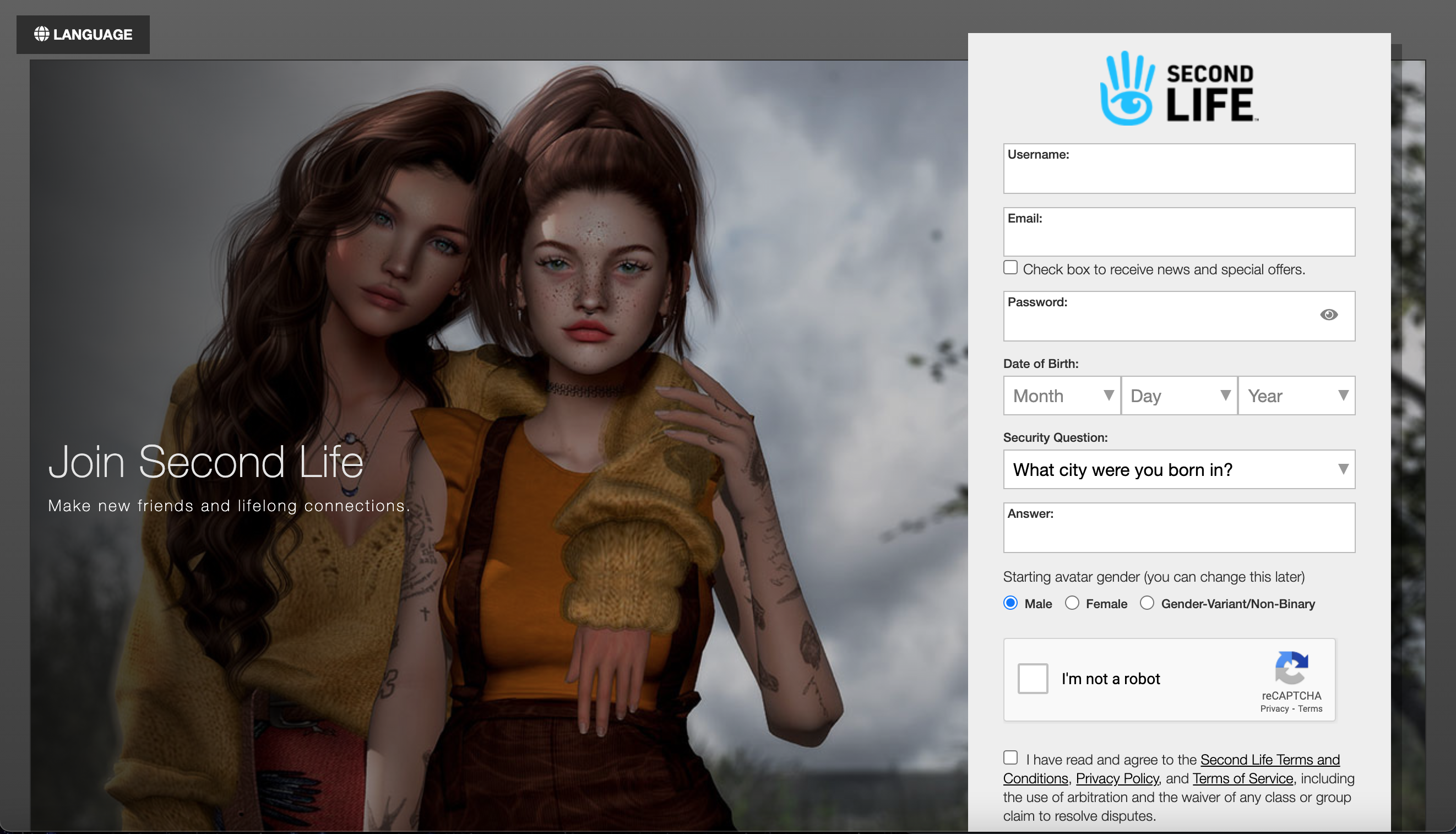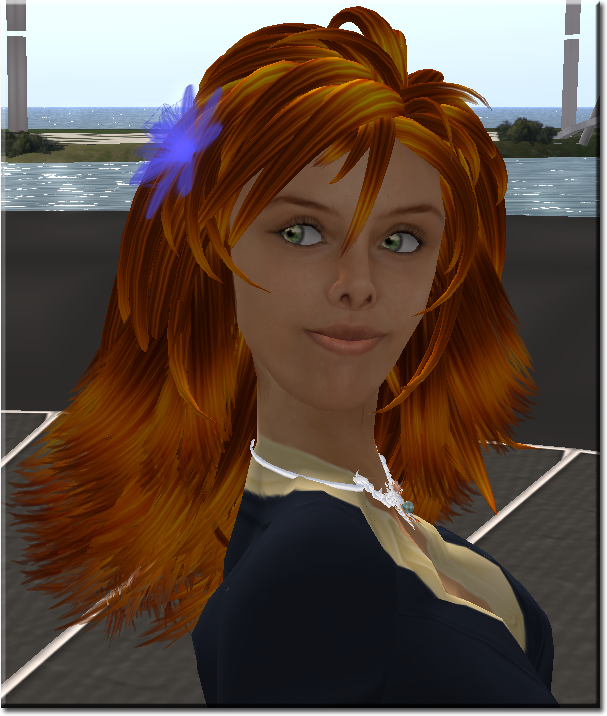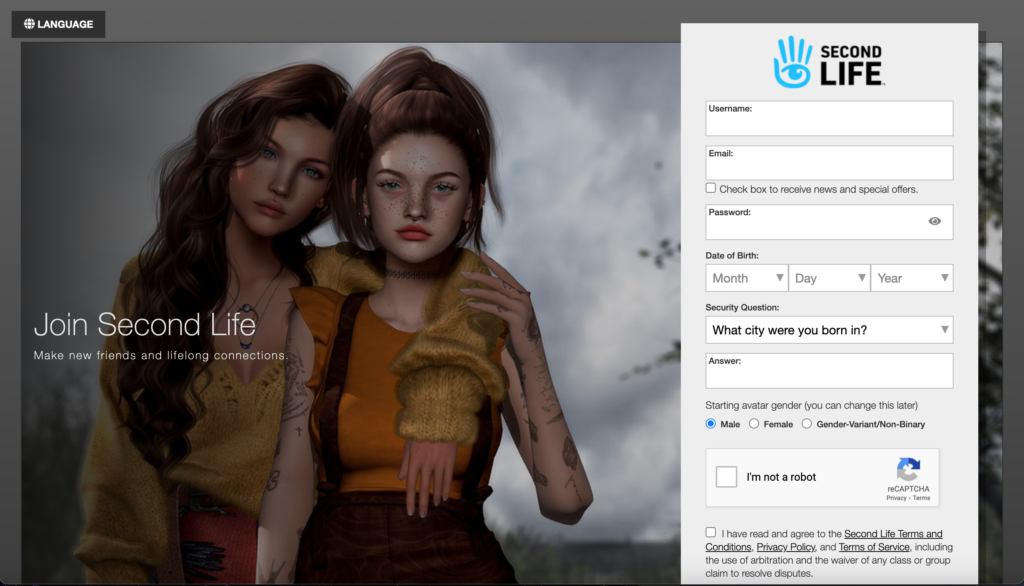The First-Hour Experience


The Christmas season is over and Second Life®’s shops were teeming with happy new clients and making the Second Life economy rock’n’roll! Or… were they?
I guess that we will only have a definitive answer to that when Linden Lab reveals the transaction data for December 2009, and compares it to last year. My guess is that the difference will be small — enough for Linden Lab to tell everybody that the economy is growing as usual (or as predicted), but it won’t be growing 900% a year, like it did from 2006 to 2007. If it grew 9% this year, it would already be quite nice.
There is, however, something that seems not to be growing at all: the number of residents that remain in Second Life. We are still getting the usual number of signups, close to 10.000 per day. It’s not exactly zero growth! But… none of them stay long enough to make a difference in the number of active users. Linden Lab, for the past few months, have dropped the number of registered users from the statistics and just announce the number of active ones: around a million these days, although I have seen lower figures quoted. The number of users on the login database, however, probably reach 17 million or so, but that’s just my guesstimate.
Where do all those 10.000 users-per-day go? Why don’t we see them around? Why do they leave, often merely minutes after they’ve registered? What’s so fundamentally wrong with Second Life that scares so many users away?
In my previous line of business, I used to manage an Internet Service Provider. In the mid-1990s, it was routinely accepted that around 6-9% of all new users would leave before the month’s end. It was the acceptable rate. When that number rose to 10%, something was seriously wrong, and we would all try to figure out what was going on. Was our connection too slow? The setup was too hard? The prices too high? Something would have to be very wrong for losing a customer out of ten; and there is always the old adage that says that a happy customer will tell five others about their good experience, but an unhappy one will tell 50…
Second Life has probably close to a 99% churn rate, and possibly more than that. This means that at most one per hundred residents actually stays longer than a month in SL. I have no idea how many stay longer than an hour… or longer than 15 minutes. Very likely I’d be shocked to know the numbers. The only thing I can see, from the vantage point of the Beta Business Park Orientation Area, which draws about 1% of all new residents, what is actually happening during that extremely critical “first hour”.
If you haven’t registered recently an avatar for Second Life, be prepared for some differences. It takes about five web pages to finally get started. It starts with a huge roadblock: you type your first name, and the system will try to assign a last name which is free. This is a blessing for LL (no need for users to do repeated searches; users tend to use more appropriate names, instead of the dreaded AOL and MMORPG monikers like “jerk2865287”) but might be the first hurdle in this virtual world, which allegedly was all about self-expression and fully personalised content — but right from the start you have no choice over your full name.
Still on the same page, you can pick one of 12 “starting avatars”, generously donated by residents. While they’re much better-looking than the 2003 batch, and LL tells you that you can fully personalise them later in-world, even Blue Mars now allows a further range of personalisation right from the start. It’s highly likely that you won’t find a “look” that is remotely appealing to you; and since people have no way of knowing how deep that personalisation goes, that’s all you have to evaluate your “new look”.
The next step (if you’re not using Google Chrome which will utterly break!) is to click the yellow button and wait for the confirmation email to arrive. A link to it will then show you a split screen: to the left, you’ll go through the regular orientation area (which is not the 2004 one!! I just added the picture on the first page for nostalgia’s sake), and from there, you jump directly into one of the infohubs (there are no Help Islands any more). If you click on the Community Gateways page, you’ll get the full list of gateways to select one (they’re randomly sorted to ensure fairness), and your experience begins there. All Community Gateways require Linden pre-approval, so they will have at the very least an “orientation area” too and very likely a crowd of greeters/helpers to help you along. Most are themed or targeted to a specific language; Beta Technologies has created a specific business-oriented orientation area inside its Beta Business Park.
This all takes about 5 minutes, if at all — probably less. What happens next mostly depends on what you’ve chosen. I’m quite interested to see the retention rate of residents coming through community gateways vs. infohubs. Some infohubs are just “newbie traps”: after being left on your own on a Linden orientation area (with luck you might figure out what it’s used for…), you’ll be “met” by a crowd of griefer wannabes that will have a laugh at your expense. Fortunately, not all are that bad: a few are organised (like Ross) and sometimes even have a staff of volunteers to really help out.
The problem begins after that phase. Some newbies might successfully avoid their “blood baptism” with the griefers and just fly away; others might have been lucky and might even have asked the three most important questions for them: “how do I make money?”, “how do I get a date?”, and “what do I do now?”.
Indeed, what comes next?



Recent Comments